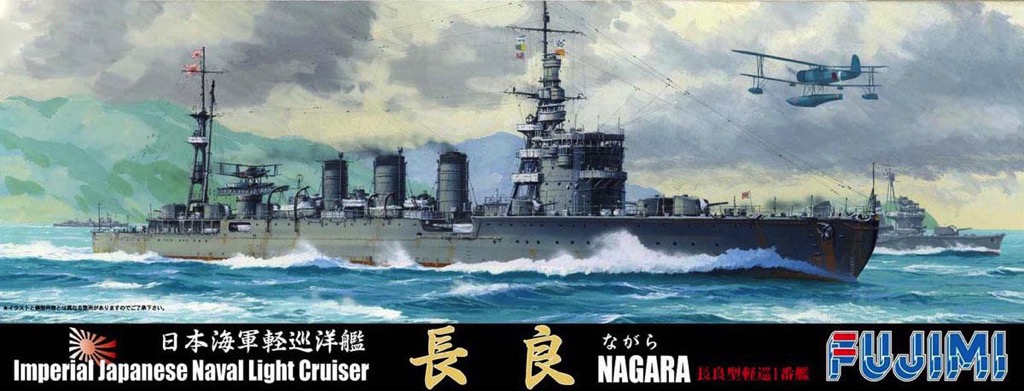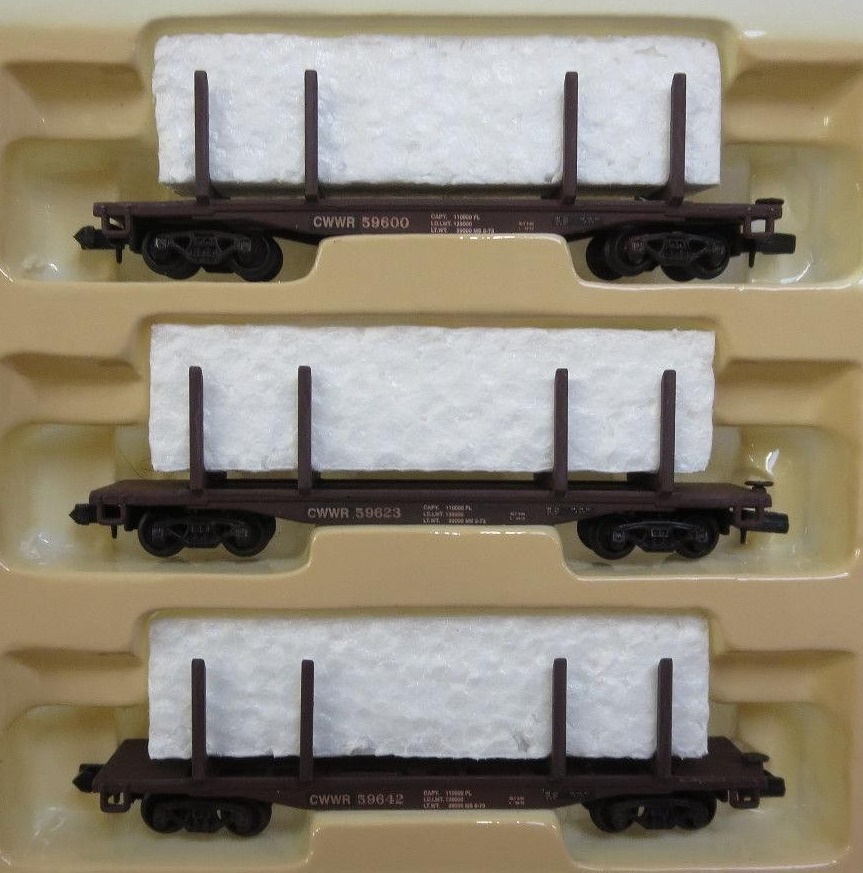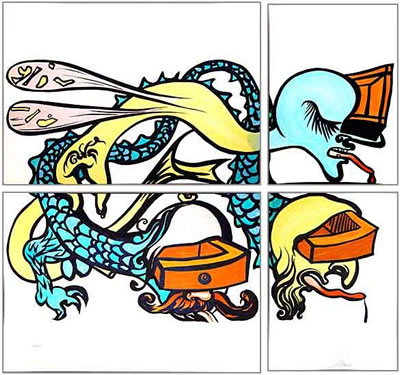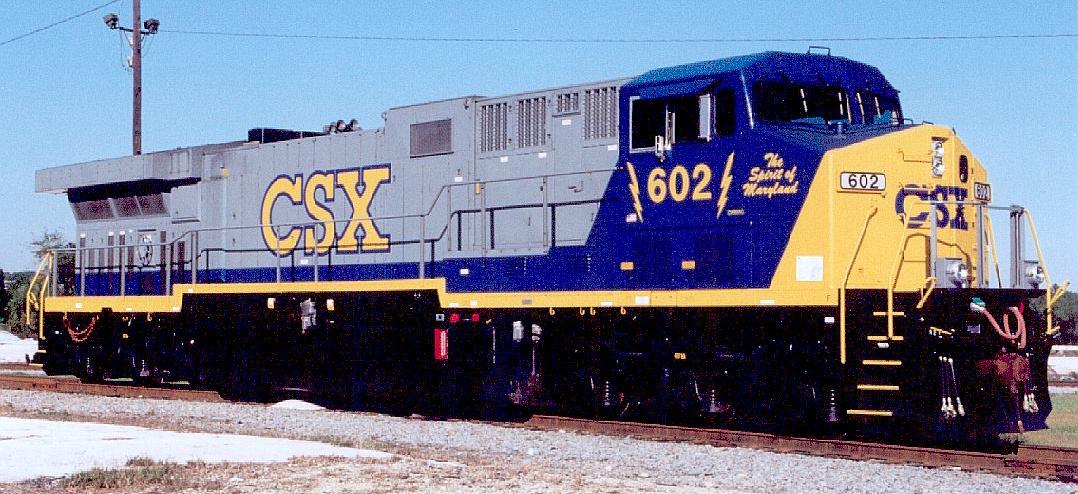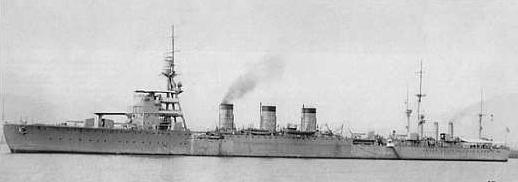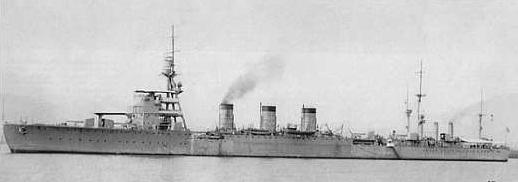Class: The Nagara class was the second class of light cruisers in the Imperial Japanese Navy based a standardized 5,500 ton displacement. In terms of dimensions and performance, it is almost identical to the previous Kuma-class cruisers; however, it was the first class of cruisers to be equipped with the new 610-millimetre (24 in) Type 93 Long Lance Torpedoes, which required a larger launcher.
The Nagara class used the same hull, engine, and armaments layout as the Kuma class. The Nagara-class hull design was based on a 5,500 ton nominal displacement, with a high freeboard and light bridge structure, behind which was a tripod mast with the fire control platform and two searchlights, the same as the Kuma class.
The propulsion system for the Nagara class was based on four axial deceleration turbines with 12 boilers, providing 90,000 hp (67,000 kW). Ten boilers were designed to burn heavy oil, and the remaining two burned a mixture of coal and oil. The Nagara-class vessels were capable of 36 knots (67 km/h; 41 mph), and a range of 9,000 nmi (17,000 km) at 10 kn (19 km/h; 12 mph).
The main battery consisted of seven centerline mounted 14 cm/50 3rd Year Type naval guns in individual gun turrets, (two fore, three after and one on either side of the bridge). The positioning meant that only six of the guns could be brought to bear in a broadside.[3] As with the Kuma class, the Nagara class remained highly deficient in anti-aircraft protection, with only two 8 cm/40 3rd Year Type naval guns and two 6.5 mm machine guns. Provision was made for 48 naval mines.
A major difference from the Kuma class was in the configuration of the bridge, which incorporated an aircraft hangar. Initially, a 33-foot (10 m) platform was mounted above the No.2 turret, extending over the forward superstructure below the bridge. This was later replaced by an aircraft catapult. Even so, the arrangement proved unwieldy, and the catapult was moved to the rear of each ship, between the No.5 and No.6 turrets during retrofits in 1929-1934. The silhouette of the bridges varied somewhat from ship to ship, as Abukuma has a 20-foot (6.1 m) rangefinder located on top of the bridge, whereas Nagara and Isuzu had 15-foot (4.6 m) instruments, Natori had a 13-foot (4.0 m), and Yura and Kinu were equipped with 12-foot (3.7 m) instruments.
The Nagara class used the same hull, engine, and armaments layout as the Kuma class. The Nagara-class hull design was based on a 5,500 ton nominal displacement, with a high freeboard and light bridge structure, behind which was a tripod mast with the fire control platform and two searchlights, the same as the Kuma class.
The propulsion system for the Nagara class was based on four axial deceleration turbines with 12 boilers, providing 90,000 hp (67,000 kW). Ten boilers were designed to burn heavy oil, and the remaining two burned a mixture of coal and oil. The Nagara-class vessels were capable of 36 knots (67 km/h; 41 mph), and a range of 9,000 nmi (17,000 km) at 10 kn (19 km/h; 12 mph).
The main battery consisted of seven centerline mounted 14 cm/50 3rd Year Type naval guns in individual gun turrets, (two fore, three after and one on either side of the bridge). The positioning meant that only six of the guns could be brought to bear in a broadside.[3] As with the Kuma class, the Nagara class remained highly deficient in anti-aircraft protection, with only two 8 cm/40 3rd Year Type naval guns and two 6.5 mm machine guns. Provision was made for 48 naval mines.
A major difference from the Kuma class was in the configuration of the bridge, which incorporated an aircraft hangar. Initially, a 33-foot (10 m) platform was mounted above the No.2 turret, extending over the forward superstructure below the bridge. This was later replaced by an aircraft catapult. Even so, the arrangement proved unwieldy, and the catapult was moved to the rear of each ship, between the No.5 and No.6 turrets during retrofits in 1929-1934. The silhouette of the bridges varied somewhat from ship to ship, as Abukuma has a 20-foot (6.1 m) rangefinder located on top of the bridge, whereas Nagara and Isuzu had 15-foot (4.6 m) instruments, Natori had a 13-foot (4.0 m), and Yura and Kinu were equipped with 12-foot (3.7 m) instruments.
Warship: Built by the Sasebo Naval Arsenal and commissioned on 22 April 1922, Nagara served in the initial battles of the Second Sino-Japanese War, including the Battle of Shanghai and the Invasion of French Indochina. After the attack on Pearl Harbor, Nagara covered the landings of Japanese troops in Malaya and the Dutch East Indies. She accompanied Admiral Nagumo's Carrier Striking Force during the Battle of Midway, at the end of which she took over from the destroyer Nowaki as the flagship of Admiral Nagumo after the loss of his flagship Akagi. Afterwards, she participated in the battles of the Eastern Solomons, Santa Cruz , and the First Battle of Guadalcanal (where she is credited with sinking the destroyer USS Preston). She was finally torpedoed by the submarine USS Croaker en route between Kagoshima and Sasebo on 7 August 1944.
Brand: Fujimi Mokei Co., Ltd. (フジミ模型株式会社 Fujimi Mokei Kabushiki Gaisha) is a Japanese model manufacturer based in Shizuoka Prefecture. It produces plastic model kits of a variety of vehicles, including model aircraft, model cars, model ships and model armored vehicles along with historical structures and science fiction kits. Since "mokei" means "model" in Japanese, "Fujimi Mokei" is often called "Fujimi Model(s)" in English.
Item created by: gdm on 2019-07-31 12:43:39
If you see errors or missing data in this entry, please feel free to log in and edit it. Anyone with a Gmail account can log in instantly.
If you see errors or missing data in this entry, please feel free to log in and edit it. Anyone with a Gmail account can log in instantly.


